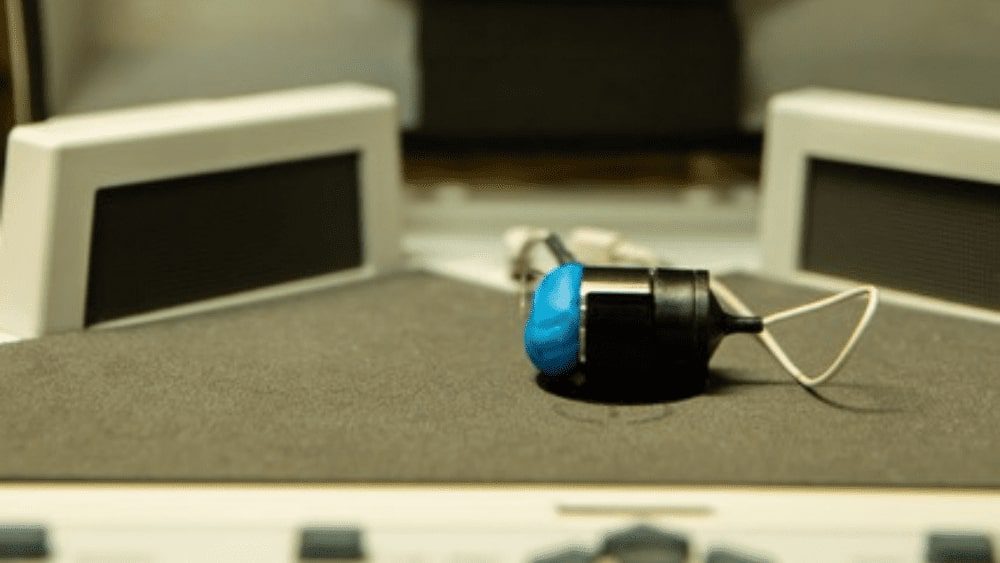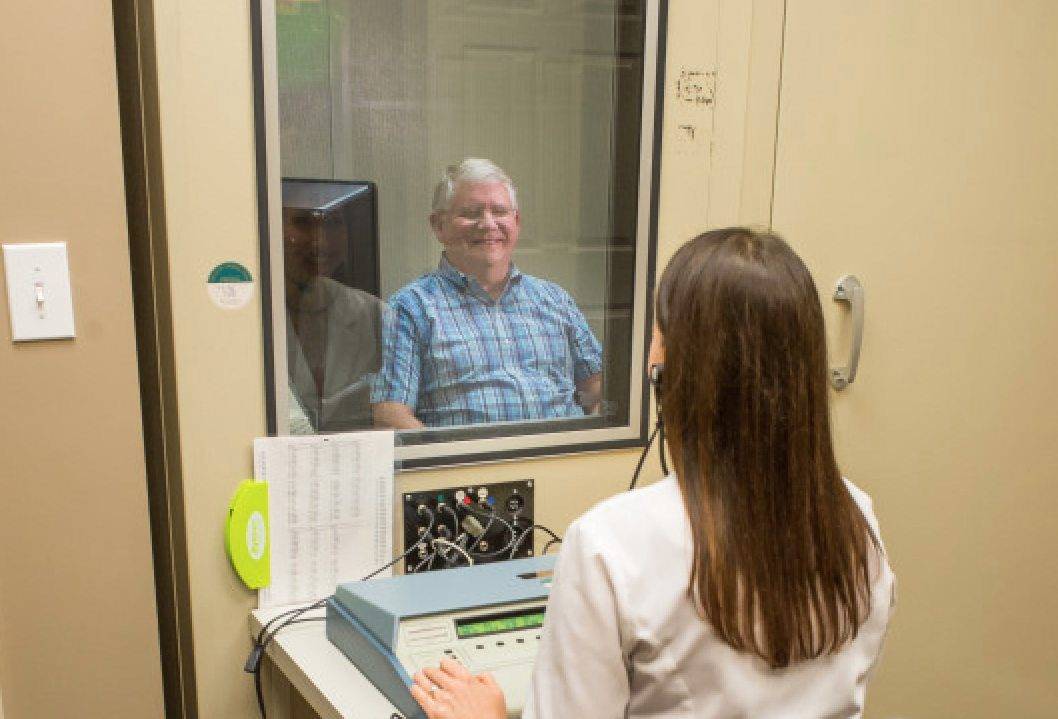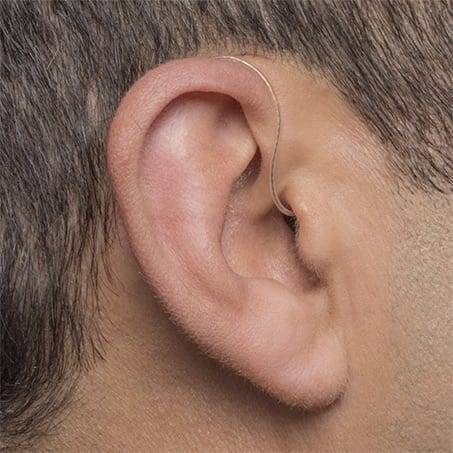What is electroacoustic analysis?
Over the past year, the hearing instrument test box has quickly become one of my most-used pieces of equipment. Electroacoustic analysis (EAA) is a relatively quick test, and it provides so much data about how a hearing aid is working.
Often, EAA can pick up on a hearing aid problem when the patient has been suspecting that their hearing loss had worsened.
Why is electroacoustic analysis important?
While electroacoustic analysis is only regularly completed by a small fraction of hearing healthcare providers, it is the only way a provider can know for sure that a hearing aid is working as it did when brand new.
EAA can verify that the hearing aid hasn’t gotten weak, the frequency range is as big as it should be, there’s no distortion in the sound quality, it’s not noisy, the directional microphones are working, and the batteries aren’t draining faster than normal.
Because Alabama Hearing Associates is one of the few practices that always measures EAA, we often work with hearing aid manufacturers to troubleshoot glitches in their fitting software—the manufacturers are able to rely on our results since we do the appropriate testing, giving them valuable data to fix any issues that may arise.
Without verifying that the hearing aid is working correctly from the start, all of the other steps in the hearing aid fitting process are useless.

What are the steps of electroacoustic analysis?
In this section, I’m going to discuss the nitty-gritty of EAA; for those interested in the technical details (such as our engineers and audiophiles), the process is outlined below. If this isn’t your cup of tea, feel free to skip to the next section.
- Preparing the devices:
- Unless the hearing aids are new, the first step is to completely dry out the devices using the Redux and clean the hearing aids, replacing any parts that may be affected by regular wear and tear.
- Then we use putty to create a very tight seal between the hearing aid and the equipment.
- Next, we program hearing aids to a test level. This will deactivate any noise reduction and feedback suppression. Depending on the strength of the hearing aid, we may also have to deactivate the safety settings or volume limiter.
- Unless the hearing aids are new, the first step is to completely dry out the devices using the Redux and clean the hearing aids, replacing any parts that may be affected by regular wear and tear.
- Running the hearing aids at their loudest setting:
- We then run a tone sweep at 90 decibels (dB) and 50 dB from 200 Hz through 8000 Hz (very low pitched to very high pitched) to measure the loudest the hearing aid gets and the average volume at 3 specific frequencies.
- We then run a tone sweep at 90 decibels (dB) and 50 dB from 200 Hz through 8000 Hz (very low pitched to very high pitched) to measure the loudest the hearing aid gets and the average volume at 3 specific frequencies.
- Then we change the hearing aid setting to a medium volume and do a third and final tone sweep at 60 dB. With this, we measure the following:
- Frequency range—at what pitches are the hearing aids amplifying? If the frequency range is less than it should be, it usually indicates the hearing aids are weak, and the patient may confuse this with their hearing getting worse.
- Distortion—typically, if distortion is high, it’s the fault of the speaker (also known as a receiver).
- Battery drain—while this cannot be measured on most rechargeable hearing aids, it can be very helpful diagnostic information if a patient is reporting that batteries need to be changed/charged more frequently than expected.
- Frequency range—at what pitches are the hearing aids amplifying? If the frequency range is less than it should be, it usually indicates the hearing aids are weak, and the patient may confuse this with their hearing getting worse.
- Lastly, we program the devices to the patient’s settings and measure the following:
- Directionality—if the hearing aid has at least two microphones, we verify that in a noisy setting, the front microphone is more emphasized than the back microphone; with older hearing aids, it’s not an uncommon problem for the emphasis to get switched.
- Gain—this is only done after hearing aid fitting and adjustment. The sound signal is the same as real-ear measurement, and this can be helpful for comparison between annual hearing aid checks if a patient drops off their hearing aid for troubleshooting.
- Directionality—if the hearing aid has at least two microphones, we verify that in a noisy setting, the front microphone is more emphasized than the back microphone; with older hearing aids, it’s not an uncommon problem for the emphasis to get switched.
When should electroacoustic analysis be completed?
EAA should be completed at least once a year. At Alabama Hearing Associates, it is completed on all new hearing aids before a fitting, whenever hearing aids come back from repair (to ensure they were repaired correctly and not damaged in transit), at annual hearing aid checks, when a new patient is “adopted,” before the warranty expires to ensure they don’t need to be sent in one last time, during a drop off repair and recovery to verify repair was successful, and as troubleshooting to rule out the hearing aid malfunctioning if a patient is concerned their hearing may have changed.
Electroacoustic Analysis and Hearing Aid Services | Alabama
Alabama Hearing Associates is proud to be one of the few audiology practices that perform electroacoustic analysis as part of our roster of hearing aid services.
If you would like to schedule an appointment to have your hearing aids evaluated, please call us at 256-319-4327 or submit a contact request, and one of our helpful team members will call you back shortly.













